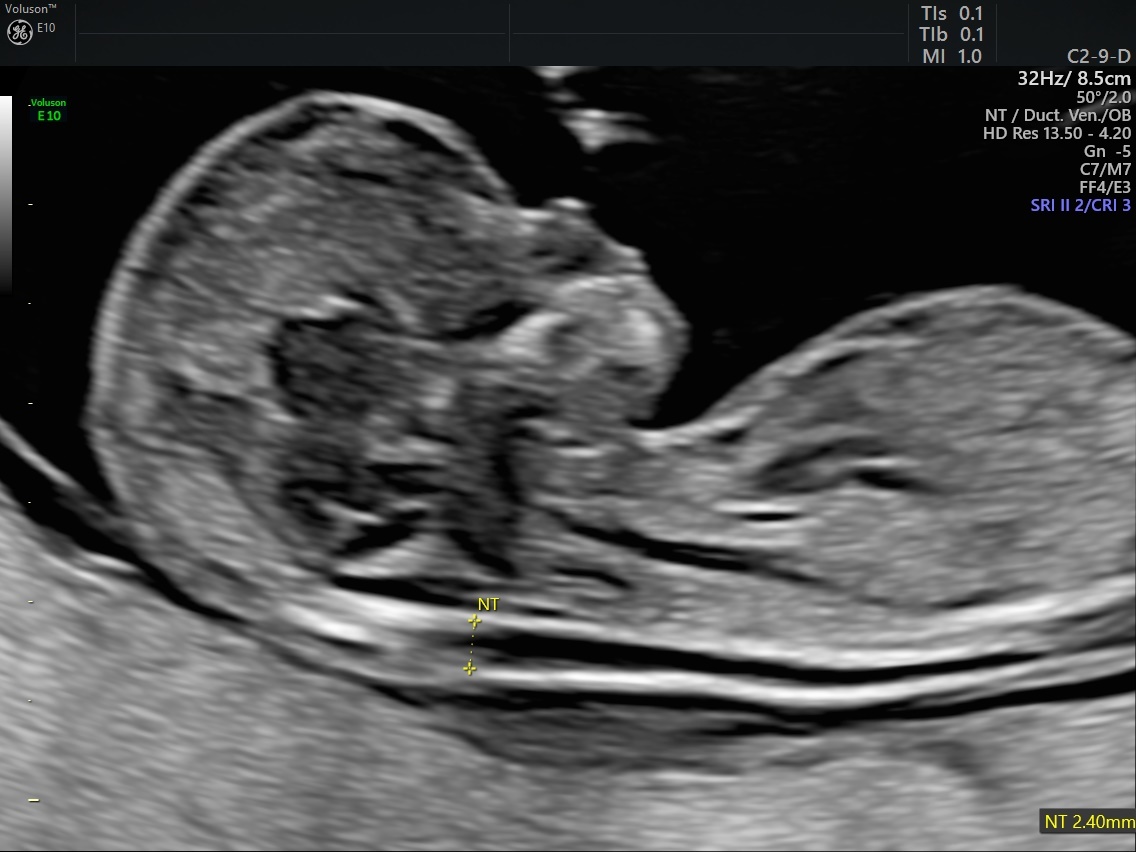Chromosomal abnormalities are the most common cause of recurrent miscarriages. Prenatal ultrasounds can help clinicians detect some abnormalities once a fetus is growing, but methods to screen embryos before they are implanted during IVF is vital for fostering a healthy pregnancy.
To reduce the occurrence of miscarriages and fetal abnormalities, researchers are working to perfect several noninvasive methods of aneuploidy screening for use during preimplantation genetic testing and embryo selection.
Current Techniques for Aneuploidy Testing
When it was first developed, preimplantation genetic testing for aneuploidy (PGT-A) was primarily conducted using fluorescence in situ hybridization (FISH) to examine only five to 10 chromosomes. Today, PGT-A is mostly conducted by comprehensive chromosome screening (CCS) or next-generation sequencing (NGS) and analyzes all 24 chromosomes for deletions and duplications.
However, this is an invasive method that involves biopsying a few cells from the embryo's trophectoderm. Critics of PGT-A say its risks, including inaccurate results and false positives that place additional stress on patients and providers, outweigh its benefits. Additionally, beyond euploid and aneuploid, embryos may be categorized as mosaic. The medical community has not yet reached a consensus on what should be done with these potentially successful embryos that are nonetheless not recommended for transfer.
Unlike PGT-A, preimplantation genetic diagnosis (PGD) is strongly encouraged by many reproductive endocrinologists. This test screens for inheritable conditions that are either not compatible with life or would result in an extremely poor quality of life for the offspring.
PGD is performed using polar body biopsy, blastocyst biopsy and, most commonly, cleavage-stage embryo biopsy. It tests for aneuploidy, single gene defects and X-linked diseases. Assuming a cleavage-stage biopsy is used, many labs can return results quickly enough to perform a day 5 or day 6 fresh embryo transfer.
Noninvasive Embryo Aneuploidy Screening Methods
While the research is still preliminary, potentially less invasive methods are emerging that could eventually replace PGT-A. Blastocentesis tests the ploidy of cells taken in a minimally invasive aspiration of the blastocoele fluid. Analysis of spent culture media has been explored as another option, but preliminary research found that high levels of contamination from maternal DNA made it difficult to analyze embryo DNA for abnormalities. Though these methods are imperfect, researchers agree they warrant further study.
After Aneuploidy Screening: Monitoring a Fetus With Ultrasound
Once a patient who underwent aneuploidy screening is pregnant, ultrasound becomes useful as a noninvasive way to monitor a developing fetus for abnormalities. One common approach is nuchal translucency (NT) screening.
NT screening is a noninvasive ultrasound performed between the 11 and 13th week of gestation. During this exam, the clinician measures the fetus from crown to rump to confirm gestational age and measures the nuchal translucency. Along with gestation age and maternal age, these fetal measurements are used to predict the probability of any abnormalities. In addition, some physicians or specialists may conduct a more detailed scan and also include the examination of the nasal bone and ductus venosus.

Nuchal Translucency Measurement
Depending on regional guidelines and protocols and if indicated, a blood test called noninvasive prenatal testing (NIPT) is typically conducted at the same time as NT screening. The NIPT procedure involves a cell-free DNA (cfDNA) test of maternal blood to screen for common chromosomal abnormalities. This method is also beginning to be used to detect single gene disorders. Even if a PGT-A normal embryo was transferred, many patients still opt for additional NIPT testing.
Although it does not pose any risk to the patient or fetus, NIPT, like NT screening, is not definitive and may result in a false positive or false negative. The prognosis is more accurate when a blood test and ultrasound screening are used together.
Aneuploidy screening methods — both invasive and noninvasive — offer patients confidence about their pregnancy until their fetus has grown large enough to be monitored via ultrasound. Although much more research is needed, the future looks promising for noninvasive embryo selection options.


